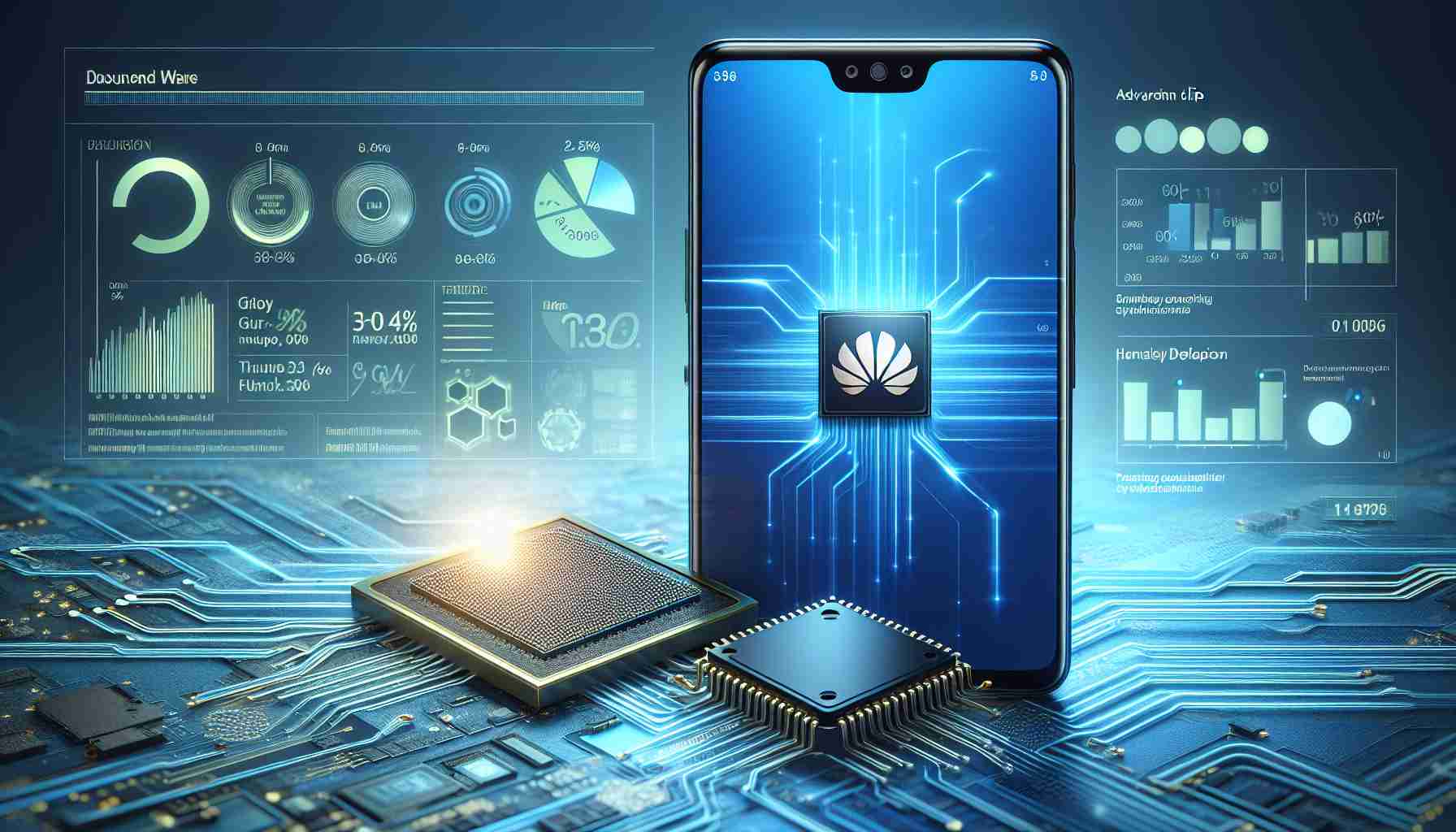Huawei’s Latest Foray into High-End Smartphones
Huawei is stepping up their game in the competitive smartphone market with the launch of their new Pura 70 Ultra model. It showcases impressive features, especially a superior camera system that sets it apart from rivals. However, the device still employs a 7-nanometer Kirin chip, which lags behind industry standards set by Apple and Samsung.
The Race to Higher Chip Efficiency
Technological advancement in chip fabrication has become a benchmark for measuring smartphone performance and efficiency. Apple’s latest iPhone 15 Pro boasts a 3-nanometer chip, while Samsung utilizes a 4-nanometer Exynos chip. As manufacturing processes evolve, chips become smaller, faster, and more power-efficient.
Anticipated Enhancements with the Mate 70 Series
Amidst the cutthroat competition, Huawei is anticipated to leap forward with the upcoming Mate 70 series. According to HuaweiCentral, the Chinese tech giant is expected to incorporate a 5-nanometer chip designed by SMIC, marking a substantial upgrade from the previous 7-nanometer technology. While Huawei will still be behind Apple and Samsung in chip fabrication, the shift from 7 to 5 nanometers signifies a monumental advancement.
The expected benefits include higher processing speeds, improved efficiency, and reduced heat production. Consequently, the Mate 70 Pro should operate more swiftly, consume less power, and, by extension, achieve greater battery life. Meanwhile, Huawei currently maximizes performance synergy between their 7-nanometer chips and HarmonyOS, ensuring their smartphones remain competitive in everyday use. The new chip technology will further strengthen Huawei’s standing against tech titans like Apple and Samsung in performance metrics.
Advancements in Camera Technology
While its chips may have had room for improvement, Huawei’s camera technology in the Pura 70 Ultra exemplifies the company’s commitment to innovation, surpassing the capabilities of competitors such as Apple, Samsung, and Google. This winning camera technology has set a benchmark for the entire industry.
Huawei’s dedication to continuous growth and improvement is evident, as they remain persistent in closing the gap with top smartphone manufacturers.
International Market Challenges and U.S. Trade Restrictions
Huawei’s advancements in chip technology come amid international market challenges, including trade restrictions imposed by the United States. Since 2019, the U.S. government has placed Huawei and its affiliates on an Entity List that restricts access to U.S. technology. This move greatly impacts Huawei’s ability to obtain advanced semiconductor technology, which may influence their chip development and production capabilities.
Ecosystem and Software Limitations
Another challenge for Huawei is the limitation on using Google Mobile Services (GMS) due to the U.S. trade ban. Huawei has developed its own operating system, HarmonyOS, and an app gallery to counteract the absence of GMS. However, customer familiarity with, and preference for, Google’s ecosystem can impact Huawei’s competitiveness outside China.
Strategic Partnerships and Self-Sufficiency
In response to these challenges, Huawei has sought to partner with domestic companies and invest in research and development to become more self-sufficient. Strengthening ties with the Semiconductor Manufacturing International Corporation (SMIC) for chip production exemplifies Huawei’s push towards independence from Western technology.
Advantages of Advanced Chip Development:
– Competitive Edge: Investing in chip technology enables Huawei to remain competitive against leading brands, despite setbacks from trade restrictions.
– Efficiency: Advances in chip design lead to better energy efficiency, which can extend battery life and improve user experience.
– Innovation: Developing proprietary technology allows Huawei to innovate in areas such as their camera systems, further distinguishing their products.
Disadvantages:
– Trade Restrictions: U.S. trade restrictions limit Huawei’s access to certain technologies, slowing down progress and potentially affecting quality.
– Global Perception: Ongoing security concerns and political controversies can hinder brand reputation and acceptance in international markets.
– Software Limitations: The lack of Google Mobile Services may deter users outside of China from choosing Huawei smartphones.
The Future of Huawei in the Smartphone Market
Despite challenges, Huawei continues to drive forward in chip development and smartphone innovation. The evolution from 7-nanometer to 5-nanometer chips represents Huawei’s commitment to maintaining relevance in the smartphone market, even as trade barriers and ecosystem restrictions persist. The successful balance between hardware advancements and software adaptation will be crucial for Huawei’s sustained competitiveness.
For the latest updates and information on Huawei, visit their official website: Huawei.
The source of the article is from the blog radiohotmusic.it
